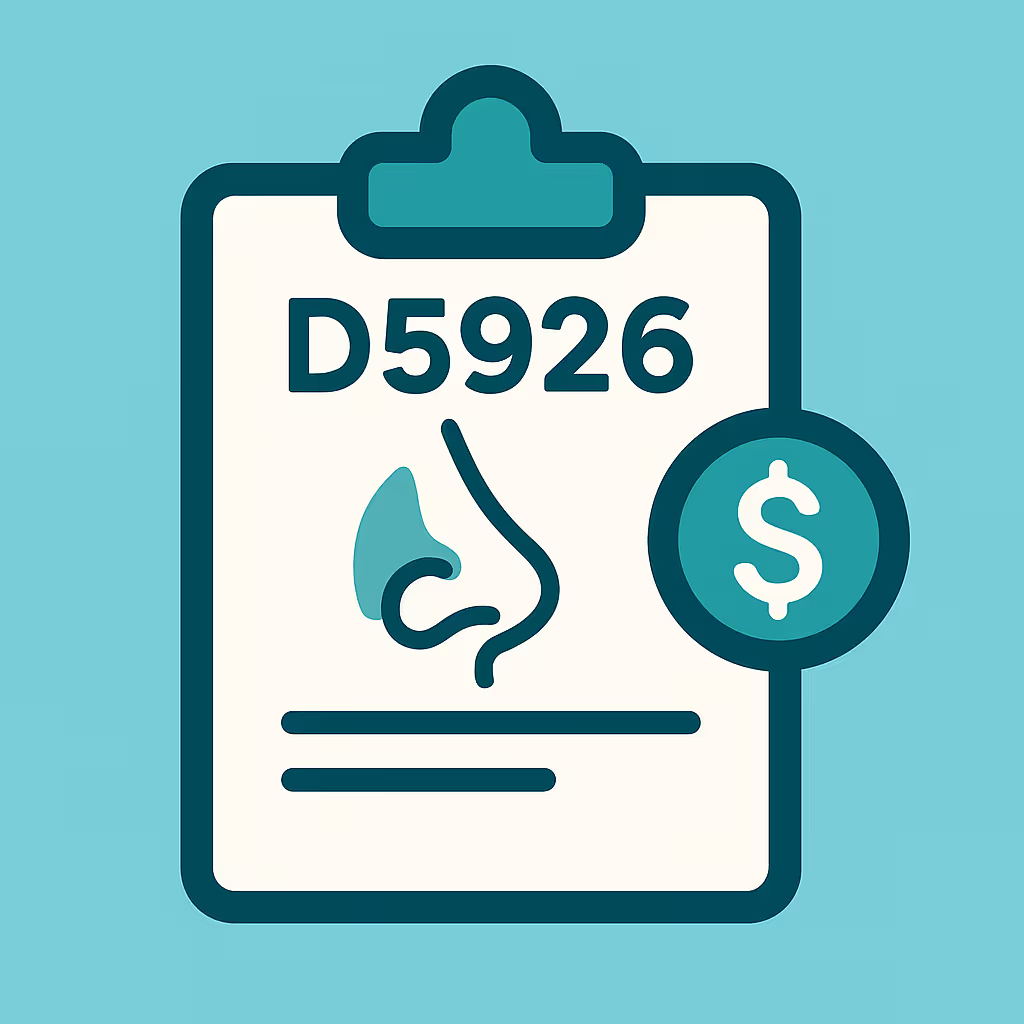Understanding Dental Code D5221
When to Use D5221 dental code
The D5221 dental code is designated for an immediate maxillary partial denture – resin base (including any conventional clasps, rests, and teeth). This code is used when a patient requires a partial denture for the upper arch that is delivered immediately after extractions, without waiting for tissue healing. The immediate placement helps maintain aesthetics and function during the healing phase. It is important to differentiate D5221 from other partial denture codes, such as D5213 (maxillary partial denture – cast metal framework), as D5221 specifically refers to a resin base and immediate delivery.
Documentation and Clinical Scenarios
Proper documentation is critical for successful claim approval. To support the use of D5221, dental teams should include:
- Detailed clinical notes describing the need for immediate partial denture (e.g., planned extractions, patient’s esthetic or functional requirements).
- Pre-operative radiographs or intraoral photos showing the teeth to be extracted.
- Treatment plan outlining the immediate denture process and follow-up care.
- Patient consent forms acknowledging the temporary nature of the immediate prosthesis and the need for future adjustments or relines.
Common clinical scenarios for D5221 include patients with multiple anterior teeth requiring extraction due to advanced decay or periodontal disease, where immediate restoration of appearance and function is essential.
Insurance Billing Tips
Billing for D5221 requires attention to detail to minimize denials and delays:
- Verify benefits: Confirm the patient’s coverage for removable prosthetics and check for frequency limitations or waiting periods.
- Pre-authorization: Submit a pre-treatment estimate with supporting documentation to clarify coverage and patient responsibility.
- Accurate coding: Use D5221 only when the denture is delivered immediately following extractions. Do not substitute for conventional partial dentures.
- Attach supporting documents: Include clinical notes, radiographs, and a narrative explaining the immediate need with the claim submission.
- Track EOBs and AR: Monitor Explanation of Benefits (EOBs) and accounts receivable (AR) to promptly address denials or requests for additional information.
- Appeal if necessary: If denied, review the payer’s rationale, supplement documentation, and submit a clear, concise appeal letter referencing the clinical necessity and CDT code definition.
Example Case for D5221
Case: A 62-year-old patient presents with advanced periodontal disease affecting the upper anterior teeth. The treatment plan includes extraction of teeth #6–11 and immediate placement of a maxillary partial denture to restore esthetics and function.
Steps:
- Pre-operative impressions and bite registration are taken before extractions.
- Clinical notes detail the need for immediate restoration and patient expectations.
- Extractions are performed, and the immediate partial denture (resin base) is delivered at the same appointment.
- Documentation, including radiographs and a narrative, is submitted with the claim using D5221.
- Insurance responds with an EOB; the office reviews and posts payment or addresses any denials as needed.
This workflow ensures compliance, maximizes reimbursement, and delivers a positive patient experience.





